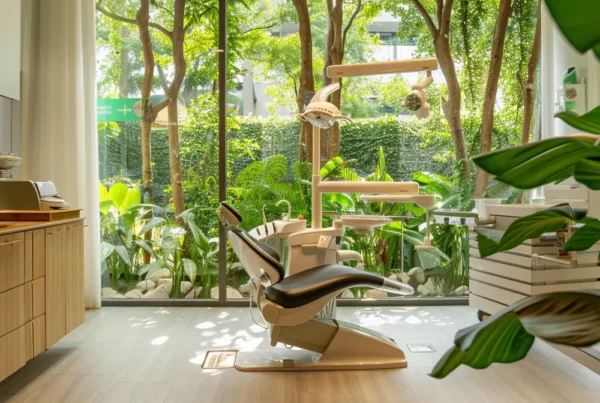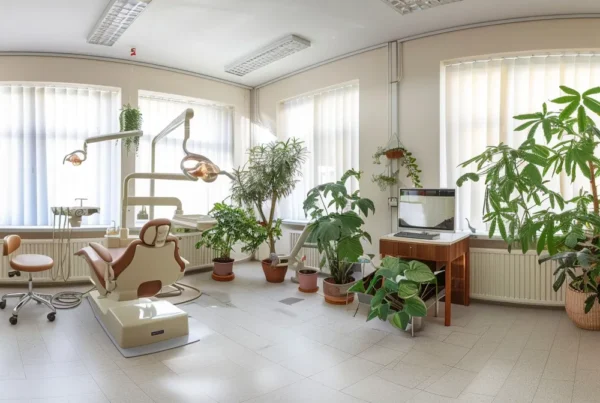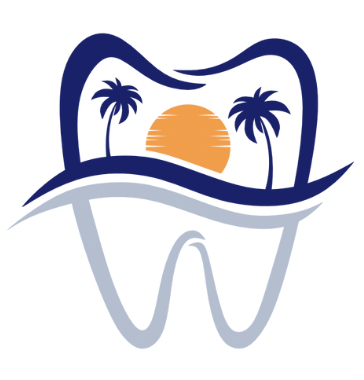Biological materials are becoming a game-changer in dentistry, especially for procedures like teeth cleaning and the use of ceramic dental implants. Many professionals feel stress about choosing the right materials that ensure patient comfort and effective outcomes. This article will explore best practices for selecting biological materials, optimizing their application, and showcasing successful case studies. By the end, readers will gain valuable knowledge that enhances their approach to fillings and improves patient satisfaction, addressing common concerns in modern dental care.
Key Takeaways
- Biological materials enhance patient comfort and promote improved healing outcomes in dental treatments
- Staying updated on material innovations is crucial for effective patient care and treatment efficacy
- Collaboration and networking among dental professionals enhance insights into the best practices for biological materials
- Patient testimonials underline the positive experiences and satisfaction with biocompatible dental options
- Regular follow-ups contribute to successful recovery and build trust between patients and dental practitioners
Wondering how much your treatment will cost?
Share a few details, and we’ll provide a personalized estimate just for you! Understand Biological
Materials Used in Modern Dentistry
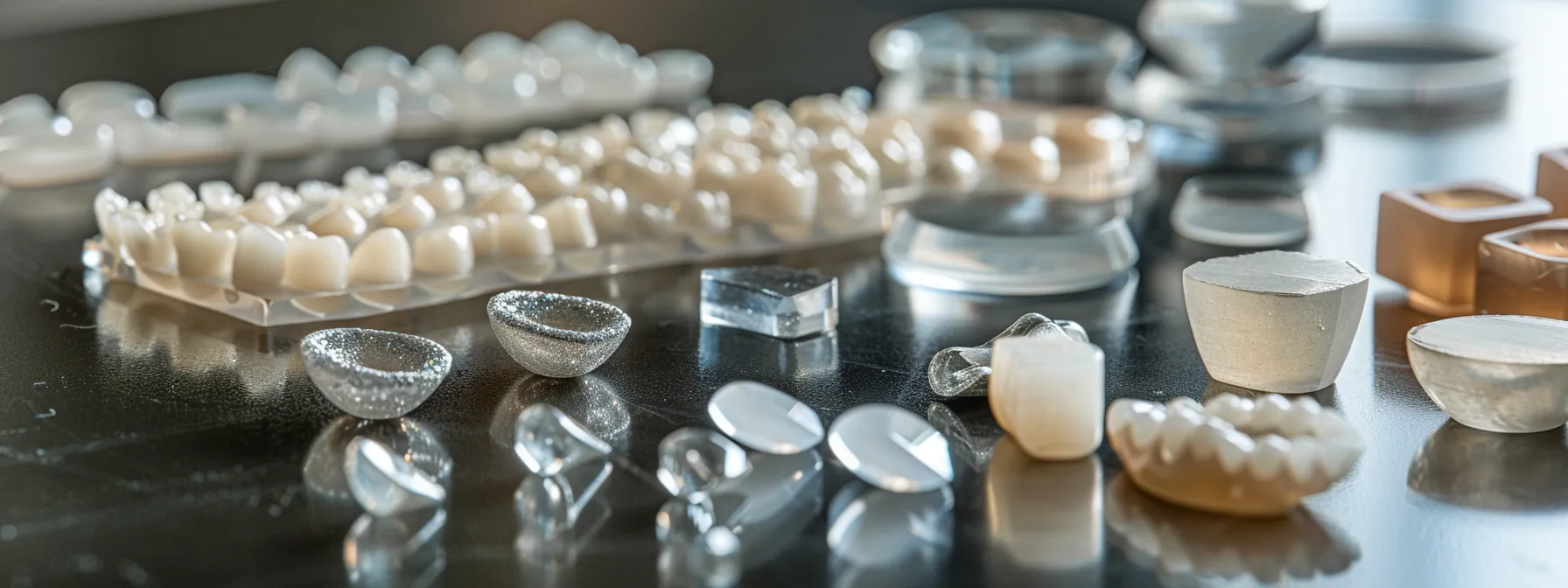
Understanding biological materials in dentistry involves identifying various types used in dental care, including Laguna Heights Dental, from silver and other natural substances to innovative options like ozone therapy. Exploring their properties ensures safety and efficacy, while assessing trends in innovations keeps practices current. Case studies illustrate real-world applications, and examining regulatory standards helps guarantee patient safety and quality care. Patients can request appointment to discuss these options.
Identify Types of Biological Materials in Dental Practices
In modern dental practices, various biological materials play a crucial role in enhancing patient care and outcomes. Materials such as silver, along with newer options like ozone therapy, are often selected based on their healing properties and low toxicity levels. This thoughtful approach aligns with the philosophy of prioritizing patient safety while utilizing innovative technologies like laser treatments, ensuring effective and minimally invasive procedures.
Explore Properties of Natural Materials for Dental Use
Natural materials used in dentistry, such as ceramic and metal, are valued for their durability and aesthetic appeal, making them popular choices in cosmetic dentistry. These materials can provide excellent results while being safe for patients, thanks to their biocompatibility. A dental assistant may recommend certain types of toothpaste that incorporate natural ingredients to help maintain oral health, demonstrating how integrating natural materials into dental care can benefit overall patient outcomes.
Assess Safety and Efficacy of Biological Materials
When assessing the safety and effectiveness of biological materials in dentistry, it’s important to consider options like amalgam and veneers. Both have been widely used, but recent trends show a shift towards more biocompatible materials that minimize discomfort and ensure a better healing process. Patients can feel more at ease knowing that they can request an appointment to discuss the most suitable materials for their treatment, ensuring accessibility and peace of mind when tackling dental pain.
Recognize Trends in Biological Material Innovations
Keeping up with trends in biological material innovations is essential for modern dental practices. Advances include the incorporation of fluoride in treatments to combat disease and enhance oral health. Innovations such as bioactive dental implants are gaining traction, offering patients improved outcomes and faster recovery times while ensuring safety and effectiveness.
Review Case Studies Highlighting Material Use
Case studies in modern dentistry showcase the effective use of biological materials like crowns and their impact on patient outcomes. In traditional dentistry, many dentists have observed improved recovery in patients who opt for biocompatible crowns, which are designed to work harmoniously with the gums. Additionally, integrating recommendations on nutrition and hygiene into patient care has helped enhance the longevity and effectiveness of these materials, leading to better overall dental health.
Examine Regulatory Standards for Biological Materials
Regulatory standards for biological materials in dentistry are critical for ensuring that treatments are safe and effective for patients. These guidelines often address how materials interact with the mouth’s natural bacteria and the patient’s overall lifestyle, including factors like sleep and nutrition. By maintaining compliance with these standards, dental practices can promote better patient health outcomes and minimize potential complications associated with dental materials.
- Understanding regulatory standards ensures patient safety.
- Standards account for bacteria interactions in dental materials.
- Practices consider patient lifestyle for better outcomes.
- Compliance helps in minimizing treatment complications.
Implement Best Practices for Material Selection

When selecting biological materials in dentistry, it’s crucial to evaluate patient needs closely. Consideration should extend to compatibility with existing dental conditions, the longevity and durability of material choices, and insights from colleagues for expert recommendations. Staying informed on the latest research and guidelines enhances the quality of life for patients, while keeping accurate records of material performance helps in perfecting treatments for every case, including pediatric dentistry and tissue health.
Evaluate Patient Needs Before Choosing Materials
Before selecting biological materials for dental treatments, it’s essential to evaluate patient needs closely. Consider factors such as the specific dental condition, the material’s biocompatibility, and how previous experiences may shape their confidence in various options. By reviewing a tooth chart and discussing preferences, practitioners can ensure that each patient receives personalized care, ultimately leading to better outcomes and satisfaction. This thoughtful approach allows practitioners to offer tailored recommendations and encourages patients to schedule appointments with greater assurance.
- Assess individual dental conditions for better outcomes.
- Review biocompatibility to enhance patient confidence.
- Utilize a tooth chart for accurate material selection.
- Encourage patients to schedule appointments for personalized care.
Consider Compatibility With Existing Dental Conditions
Compatibility with existing dental conditions is key when selecting biological materials for treatment. For instance, zirconia dental implants are known for their biocompatibility, making them suitable for patients with a history of cavitation or those concerned about toxins in traditional materials. By carefully evaluating these factors, dental professionals can provide tailored recommendations, ensuring that patients feel confident when they decide to book an appointment with a board-certified dentist.
Analyze Longevity and Durability of Material Choices
When analyzing longevity and durability in material choices, titanium stands out as a top selection in modern dentistry due to its resistance to heavy metals and ability to withstand radiation exposure. Practitioners with a dental degree often recommend titanium for implants and prosthetics since it integrates well with bone and offers long-term performance. This ensures patients benefit from reliable solutions that not only last but also support effective therapy by minimizing replacements and complications—key factors in enhancing overall treatment success.
Consult With Colleagues for Expert Recommendations
Consulting with colleagues is an invaluable practice for biological dentists seeking expert recommendations on material selection. Engaging in discussions about patient exams and tooth compatibility allows practitioners to share insights on best practices, which can enhance patient care in the holistic health care approach. This collaboration helps ensure that dentists stay informed about the latest advancements and can choose the most suitable materials for their patients, ultimately leading to improved treatment outcomes.
Stay Informed on Latest Research and Guidelines
Staying informed about the latest research and guidelines in the field of biology is vital for dental professionals committed to using biological materials effectively. Keeping up with advancements not only ensures that practitioners offer the safest and most innovative treatment options but also enhances their ability to explain these materials’ benefits to patients. Regularly attending workshops and consulting trusted dental journals can provide insights that optimize material selection and overall patient care.
Keep Accurate Records of Material Performance
Keeping accurate records of material performance is vital for ensuring the ongoing success of dental treatments. By tracking how different biological materials perform over time, dental professionals can identify patterns and make informed decisions about future material selections. This systematic approach contributes directly to enhancing patient outcomes, as practitioners can adjust their methods based on real-world data and experiences.
- Document material interactions with patient cases.
- Review outcomes regularly for trends and insights.
- Adjust practices based on recorded performance data.
- Facilitate better patient care through informed choices.
Optimize Procedures for Biological Material Application
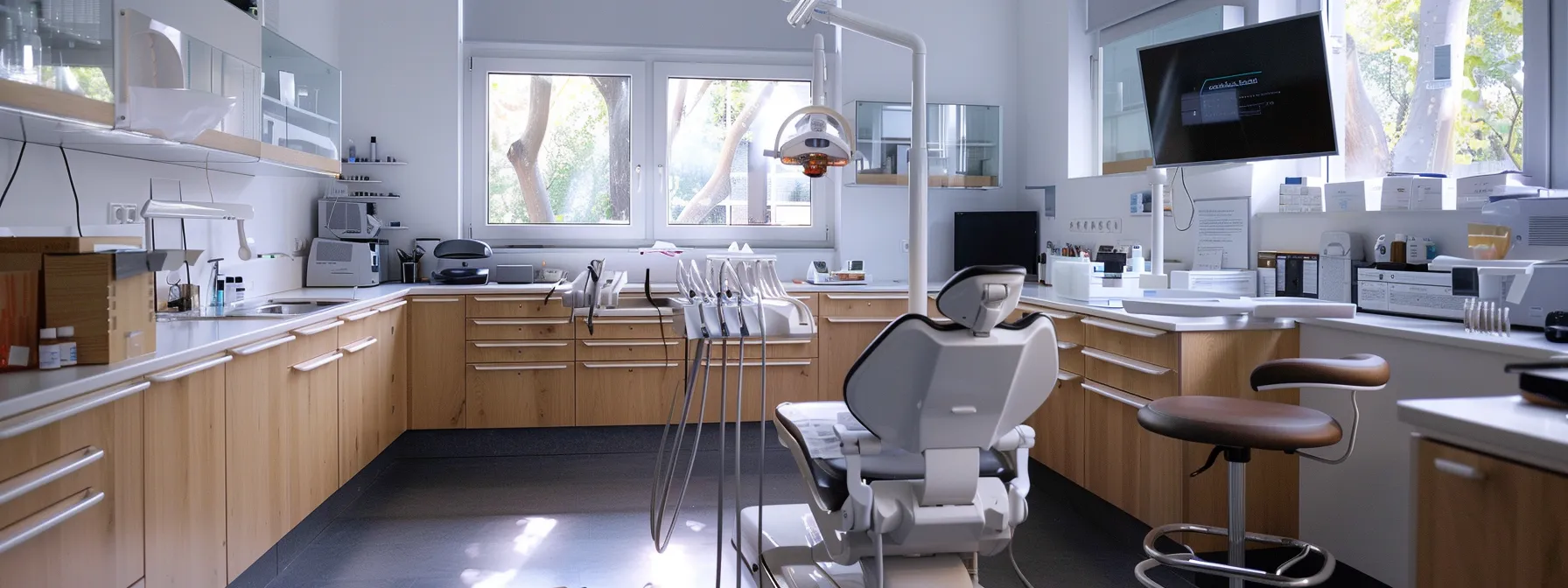
Preparing the dental environment plays a vital role in the successful application of biological materials. Utilizing appropriate techniques during material placement, closely monitoring healing processes, and troubleshooting common challenges are essential practices. Documenting results for future reference and conducting follow-ups ensure patient satisfaction and effective care. Each of these steps contributes to achieving optimal outcomes and enhancing the overall patient experience.
Prepare the Dental Environment to Ensure Success
Preparing the dental environment is crucial for the successful application of biological materials. This involves ensuring that treatment areas are clean, organized, and equipped with the right tools, which can make a big difference in achieving the best results. By creating a comfortable space and maintaining strict hygiene protocols, dental professionals not only enhance patient safety but also foster a more positive experience, helping alleviate any anxiety patients may feel during their treatments.
Utilize Appropriate Techniques for Material Placement
Utilizing appropriate techniques for material placement is essential for ensuring optimal outcomes in dental procedures. Careful consideration of specific methodologies, such as applying materials under controlled conditions, can greatly influence the effectiveness and longevity of biological materials like resins and crowns. By adopting best practices during placement, dental professionals can minimize issues, enhance patient comfort, and achieve more predictable results during treatments:
Monitor Healing Processes Post-Application
Monitoring healing processes post-application of biological materials is vital for ensuring that patients recover effectively and without complications. Regular follow-ups allow dental professionals to track how well materials like biocompatible crowns or implants integrate with the surrounding tissue. This proactive approach not only helps in identifying any issues early but also increases patient confidence as they see their treatment progress positively:
- Ensure regular follow-ups to assess healing.
- Track integration of materials with surrounding tissue.
- Identify any complications early through monitoring.
- Boost patient confidence during the recovery process.
Troubleshoot Common Challenges During Procedures
Troubleshooting common challenges during dental procedures involving biological materials is essential for achieving successful outcomes. Issues may arise, such as material failure or patient discomfort, which can disrupt the treatment flow. Practitioners can minimize these difficulties by preparing thoroughly, communicating with patients about their expectations, and implementing best practices for material application. Regularly reviewing procedures and adjusting based on patient feedback can help ensure a smoother experience for everyone involved:
- Prepare the treatment area to reduce contamination risks.
- Communicate effectively with patients about their comfort.
- Implement best practices during material application.
- Review and adjust procedures based on feedback.
Document Results for Future Reference
Documenting results from the application of biological materials in dentistry is essential for improving future practices. By keeping detailed records of patient treatments and outcomes, dental professionals can identify successful strategies and areas needing adjustment. This ongoing evaluation helps ensure that techniques remain effective, enhancing patient satisfaction and fostering confidence in the treatments provided.
Conduct Follow-Ups to Ensure Patient Satisfaction
Conducting follow-ups is vital for ensuring patient satisfaction after applying biological materials in dental treatments. This practice allows dental professionals to check on recovery progress and address any concerns, which can significantly enhance the patient experience. Regular check-ins ensure that any issues, such as discomfort or material integration, are identified early, fostering trust and confidence in the care provided.
Discover Benefits of Integrating Biological Materials
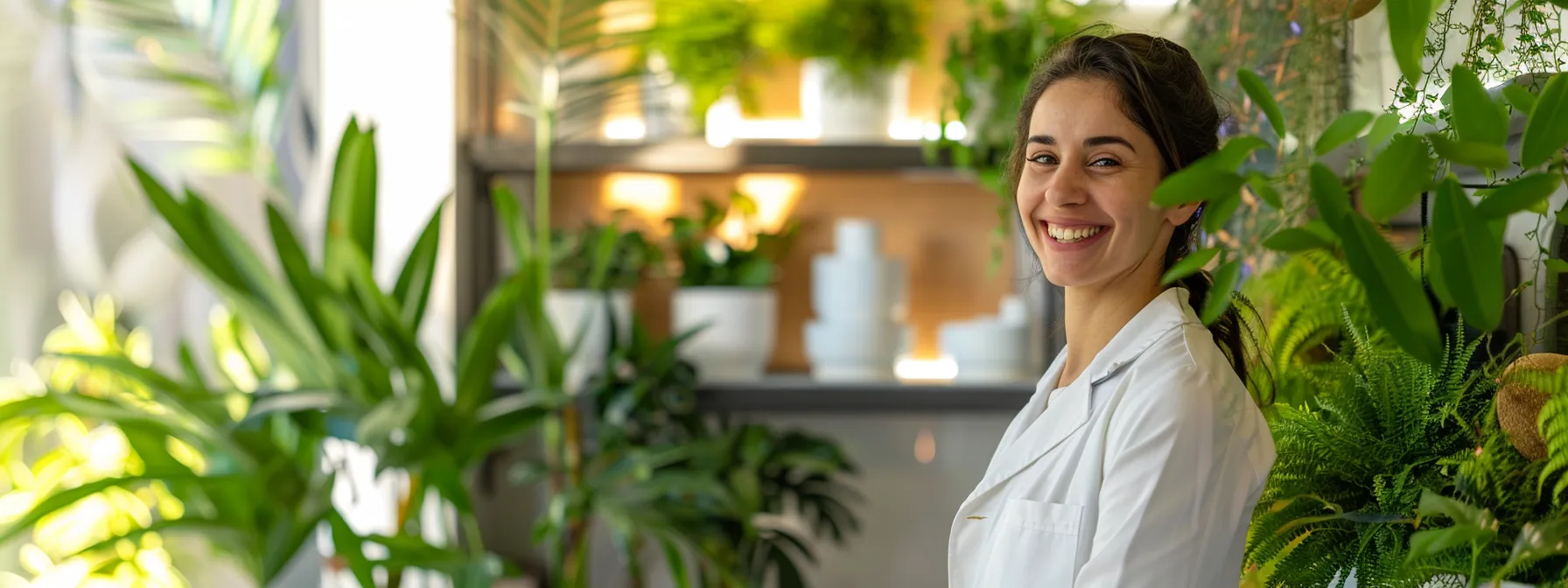
Integrating biological materials in dentistry significantly enhances patient outcomes, showcasing the effectiveness of natural options compared to synthetic alternatives. These materials are not only cost-effective but also contribute to environmental sustainability. Patient testimonials often highlight positive experiences with biocompatible choices. Innovations in this field continue to pave the way for better practices and opportunities in the future.
Highlight Improved Patient Outcomes With Natural Materials
Utilizing natural materials in dental care has been shown to enhance patient outcomes significantly. These materials, like biocompatible crowns and zirconia implants, often lead to reduced discomfort and improved healing times, making dental procedures more pleasant overall. Patients frequently report higher satisfaction levels when treated with these natural alternatives, indicating a robust connection between material choice and experience:
- Natural materials enhance patient comfort and reduce recovery time.
- Biocompatible options often lead to higher satisfaction rates.
- Improved healing processes support better overall dental health.
Discuss Cost-Effectiveness When Using Biological Options
Choosing biological materials in dentistry is not just about enhancing patient outcomes; it’s also a smart financial decision. For instance, while the initial cost of biocompatible crowns might be higher than traditional options, their durability and reduced need for replacements lead to long-term savings. Patients often find that these materials provide excellent value, as they frequently result in fewer complications and better overall health, allowing practices to provide high-quality care without breaking the bank.
Compare Biological Materials With Synthetic Alternatives
When comparing biological materials to synthetic alternatives in dentistry, several key advantages stand out. Biological materials, such as biocompatible crowns and zirconia implants, often offer better integration with the body’s natural systems, reducing the risk of complications and enhancing healing. In contrast, synthetic materials might carry concerns regarding toxicity and long-term effects, prompting patients to seek more natural options that align with their health priorities: cosmetic dentistry
- Biological materials promote better integration and healing.
- Patients often prefer natural options for reduced risk of complications.
- Synthetic materials may raise concerns about long-term safety and toxicity.
Identify Environmental Benefits of Natural Dentistry
Natural dentistry emphasizes using biological materials that responsibly contribute to environmental health. By opting for biocompatible materials, such as ceramic and zirconia, dental practices minimize waste and avoid the environmental impact associated with synthetic alternatives. This approach not only promotes patient well-being but also aligns with a growing demand for sustainable dental solutions, making the practice more eco-friendly and appealing to environmentally conscious patients.
Share Patient Testimonials on Material Experiences
Patient testimonials often reveal the positive impact that biological materials have on their dental experiences. Many individuals report feeling more comfortable and satisfied with treatments using biocompatible materials, such as zirconia implants and natural crowns. These personal experiences highlight the importance of integrating natural options into dental care, showcasing the enhanced healing and reduced discomfort that patients appreciate:
Showcase Innovations Driving Future Opportunities
Innovations in biological materials are paving the way for exciting opportunities in dentistry, enhancing patient care and promoting better health outcomes. Developments like bioactive dental implants and advanced ozone therapy offer solutions that minimize discomfort and speed up recovery. By embracing these technologies, dental professionals can provide patients with safer, more effective treatments that align with their health goals. Discover more about these innovations and how they can benefit your dental care by exploring cosmetic dentistry options.
- Bioactive dental implants improve integration and recovery times.
- Ozone therapy offers a minimally invasive approach to treatment.
- Innovative materials contribute to patient comfort and satisfaction.
Analyze Case Studies on Successful Material Use
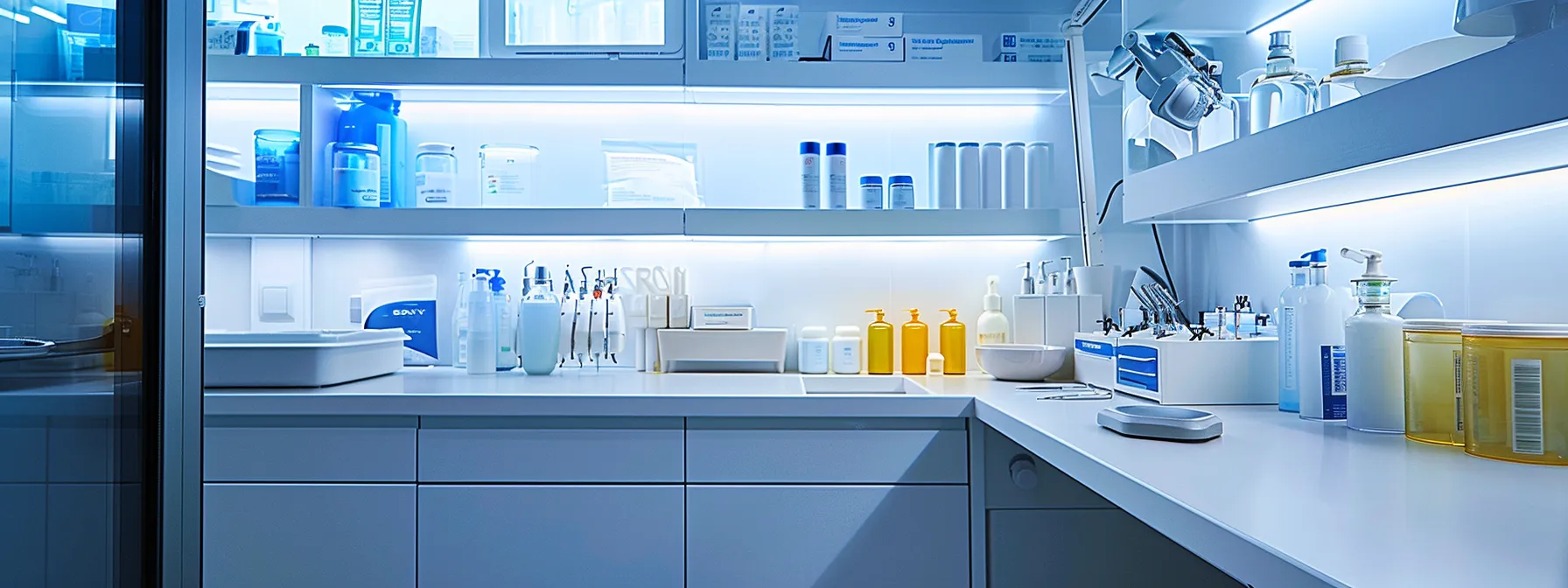
Clinical trials have demonstrated the efficacy of biological materials, reinforcing their role in dental treatments. By examining outcomes from leading dental clinics, success rates among various materials become evident, alongside valuable feedback from dental professionals. Tracking long-term results through patient follow-ups reveals insights into durability and satisfaction, highlighting groundbreaking research that supports practices in the field.
Review Clinical Trials Supporting Biological Material Efficacy
Clinical trials have played a key role in validating the effectiveness of biological materials in dentistry. For instance, studies examining the use of zirconia implants have shown impressive success rates in integration with bone tissue, leading to quicker healing times and greater patient satisfaction. As these trials highlight the advantages of biocompatible materials, dental professionals gain valuable insights that inform better treatment choices and help address patient concerns about material safety and effectiveness.
Discuss Outcomes From Leading Dental Clinics
Leading dental clinics have reported impressive outcomes when utilizing biological materials, particularly in the area of dental implants and crowns. Studies indicate that patients receiving zirconia implants experienced shorter healing times and a higher rate of satisfaction compared to traditional materials. These results underscore the growing preference for biocompatible options in enhancing patient care and overall dental health:
- Clinical success rates for zirconia implants have exceeded 95% in multiple studies.
- Patients frequently report minimal discomfort following procedures using biocompatible materials.
- Long-term follow-ups show improved integration with surrounding tissues.
Compare Success Rates With Various Materials
Success rates among various biological materials in dentistry can vary significantly. Recent studies indicate that zirconia implants have success rates exceeding 95%, outperforming traditional materials in terms of healing and patient satisfaction. By comparing outcomes, practitioners can make informed decisions that best serve their patients’ needs, ensuring optimal results:
- Zirconia implants lead to high integration success.
- Biocompatible crowns offer improved comfort and durability.
- Identifying material efficacy enhances treatment planning.
Investigate Feedback From Dental Professionals
Feedback from dental professionals has highlighted the remarkable impact of biological materials on patient care and treatment outcomes. Many practitioners have reported increased patient satisfaction when using materials like zirconia implants due to their excellent compatibility and minimal discomfort during the healing process. This firsthand insight underscores the importance of selecting biocompatible options, as they often enhance the overall patient experience and promote better long-term results in dental practices.
Evaluate Long-Term Results From Patient Follow-Ups
Evaluating long-term results from patient follow-ups is crucial in understanding the effectiveness of biological materials used in dentistry. Practitioners can gain valuable insights into how well materials like zirconia implants perform over time, particularly in terms of integration and patient satisfaction. By regularly checking in with patients and documenting their experiences, dental professionals can identify trends that inform future treatment decisions, enhancing overall care and ensuring that patients feel confident in their choices.
Highlight Groundbreaking Research in the Field
Groundbreaking research is continually shaping the landscape of biological materials in dentistry. Recent studies have demonstrated the effectiveness of novel materials like bioactive dental implants, which enhance integration with bone tissue and significantly reduce healing times. Such insights empower dental professionals to make informed decisions about treatment options that align better with patient needs, leading to improved outcomes and satisfaction.
Stay Updated With Continuing Education Resources
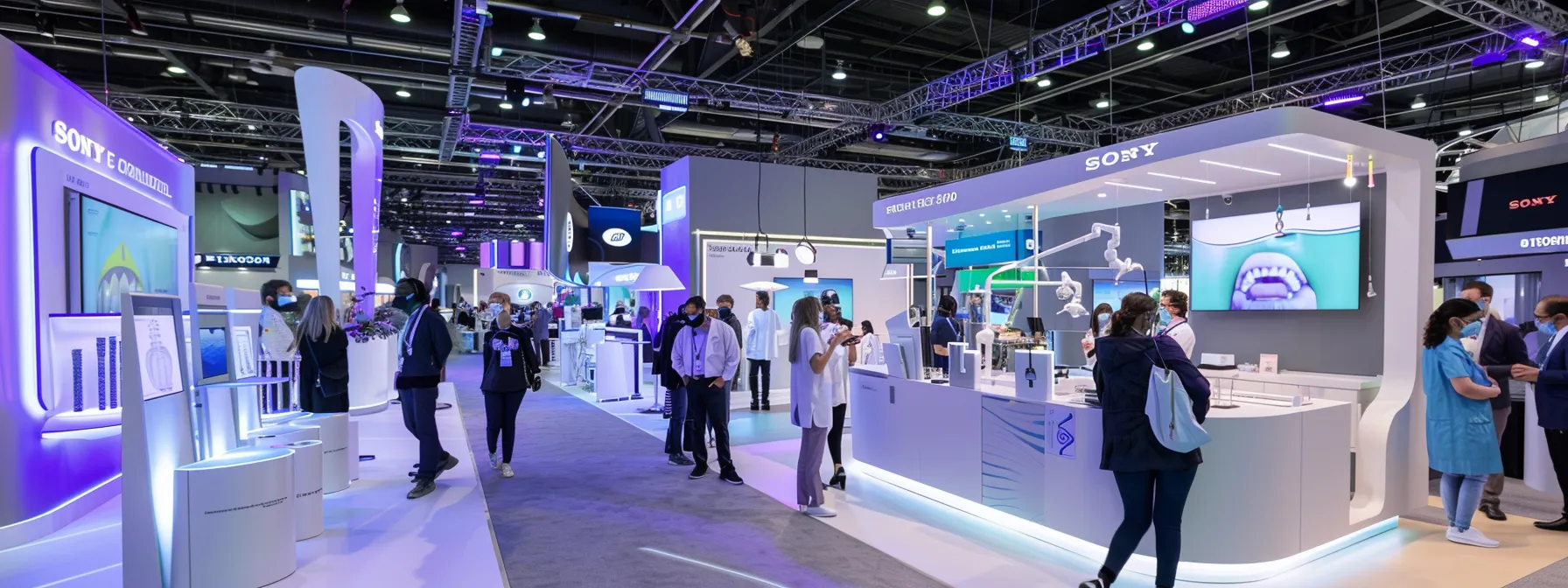
Keeping pace with advancements in biological materials for dentistry involves exploring various resources. Practitioners can benefit from attending workshops focused on these materials, subscribing to journals for the latest research insights, and joining professional organizations for access to valuable resources. Participating in online courses covering new techniques, networking with experts at dental conferences, and accessing webinars featuring innovative practices can all enhance professional knowledge and practice effectiveness.
Explore Workshops Focused on Biological Materials
Workshops focused on biological materials in dentistry offer valuable hands-on experience for dental professionals looking to stay current. These interactive sessions allow practitioners to learn about the latest advancements in materials like zirconia implants and bioactive options, enhancing their ability to choose the best solutions for their patients. By engaging with experts and fellow practitioners, they can gain insights into practical applications and case studies, addressing common challenges they may encounter in their practices.
Subscribe to Journals for the Latest Research Insights
Subscribing to reputable dental journals is a smart move for dental professionals keen on staying at the forefront of biological materials in dentistry. These publications offer the latest research insights, practical applications, and case studies that shed light on effective material use. By regularly reading these resources, practitioners can better understand emerging trends and enhance their treatment strategies, ensuring they provide top-notch care to their patients.
Join Professional Organizations to Access Resources
Joining professional organizations offers dental practitioners a wealth of resources aimed at keeping them informed about the latest advancements in biological materials. Membership often provides access to exclusive research, educational events, and networking opportunities that can enhance their practice. By connecting with peers and industry leaders, dentists can share experiences and gain insights that support their continuous learning and application of best practices in patient care.
Participate in Online Courses Covering New Techniques
Participating in online courses covering new techniques in biological materials offers dental professionals a flexible way to enhance their skills and knowledge. These courses often highlight the latest advancements in biocompatible materials and best practices, allowing dentists to stay current and improve patient care. By engaging in online learning, they can access insights from experts in the field and apply these techniques in their practices, leading to better outcomes for their patients:
- Gain knowledge about innovative biocompatible materials.
- Learn practical techniques for effective application.
- Access expert insights to enhance patient care.
Network With Experts at Dental Conferences
Networking with experts at dental conferences offers invaluable opportunities for dental professionals to expand their knowledge of biological materials. Engaging in discussions with industry leaders not only provides insights into the latest innovations in biocompatible options but also fosters connections that can lead to collaborative learning opportunities. By attending these events, attendees gain practical insights that can directly enhance patient care and treatment efficacy in their own practices.
Access Webinars Featuring Innovative Practices
Webinars are a fantastic way for dental professionals to gain insights into innovative practices regarding biological materials. These online sessions often feature experts who share cutting-edge techniques and research, making them an accessible resource for dentists looking to enhance their skills. By participating in these webinars, practitioners can stay informed about the latest advancements, ultimately improving patient care and treatment outcomes.
Conclusion
Biological materials in dentistry play a pivotal role in enhancing patient care and outcomes, emphasizing the importance of choosing biocompatible options. Practitioners must stay informed about advancements in material selection and application techniques to ensure safety and effectiveness. By integrating these best practices, dental professionals can bolster patient comfort, satisfaction, and long-term health. Ultimately, focusing on biological materials not only benefits individual patients but also aligns dental practices with a broader commitment to sustainability and responsible care.
Get Started Today
Looking for dental care that makes you actually look forward to appointments? (Yes, really!) From the moment you step into our warm, welcoming office, you’ll notice something different – a team that treats you like family while delivering the exceptional care you deserve.
Meet Dr. Nazita Gaff and our dedicated crew, where state-of-the-art dentistry meets genuine, down-to-earth care. Whether you’re dreaming of a brighter smile, seeking relief from jaw tension, or just want a dentist who truly gets it, we’ve created the kind of experience we’d want for our own loved ones. Ready to transform how you think about dental visits? Your new dental home awaits!
Schedule your consultation Today!
28202 Cabot Rd, Suite 600 Laguna Niguel, CA 92677

